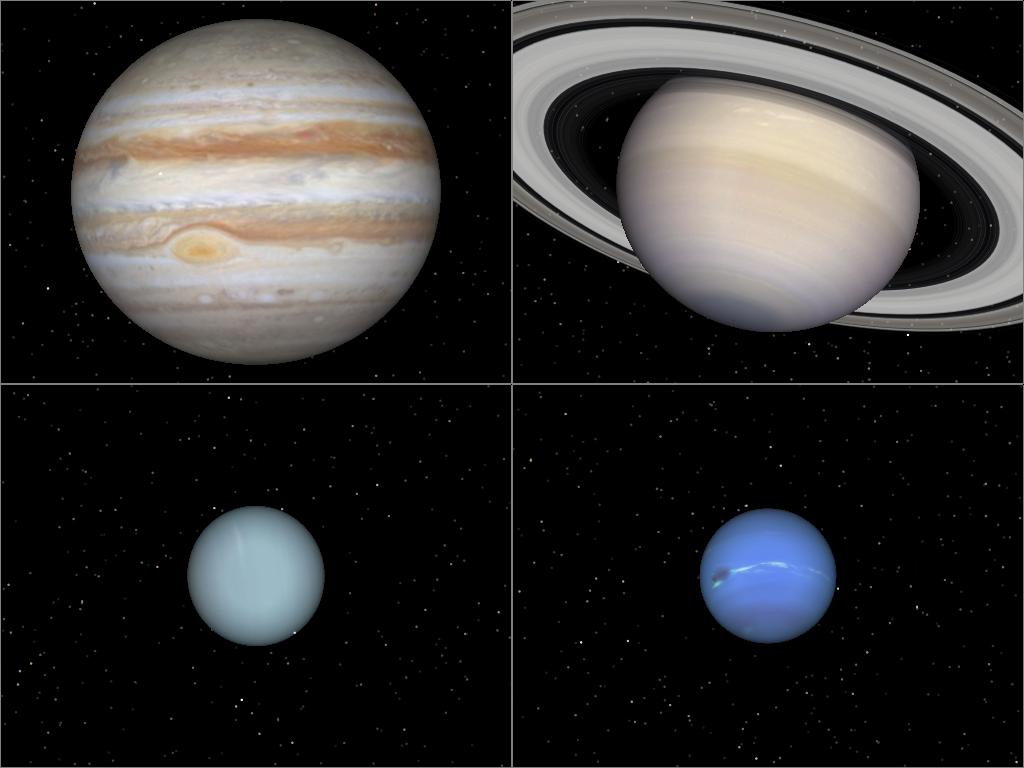

Its closest approach to the sun is seven times farther than Neptune, or 200 astronomical units (AUs). The orbit of the inferred planet is similarly tilted, as well as stretched to distances that will explode previous conceptions of the solar system. Instead, they say, a planet with the mass of 10 Earths has shepherded the six objects into their strange elliptical orbits, tilted out of the plane of the solar system. They say there's only a 0.007% chance, or about one in 15,000, that the clustering could be a coincidence. "What's thrilling about it is is detectable."īatygin and Brown inferred its presence from the peculiar clustering of six previously known objects that orbit beyond Neptune. "I could not imagine a bigger deal if-and of course that's a boldface 'if'-if it turns out to be right," says Gregory Laughlin, a planetary scientist at the University of California (UC), Santa Cruz.

Outside scientists say their calculations stack up and express a mixture of caution and excitement about the result. Mike Brown (left) and Konstantin Batygin. "Why is this different? This is different because this time we're right." "If you say, 'We have evidence for Planet X,' almost any astronomer will say, 'This again? These guys are clearly crazy.' I would, too," Brown says. But the new evidence comes from a pair of respected planetary scientists, Konstantin Batygin and Mike Brown of the California Institute of Technology (Caltech) in Pasadena, who prepared for the inevitable skepticism with detailed analyses of the orbits of other distant objects and months of computer simulations. The quest has been plagued by far-fetched claims and even outright quackery. The claim is the strongest yet in the centuries-long search for a "Planet X" beyond Neptune. Slowed down by gas, the planet settled into a distant elliptical orbit, where it still lurks today. During the solar system's infancy 4.5 billion years ago, they say, the giant planet was knocked out of the planet-forming region near the sun. Today, two scientists announced evidence that a body nearly the size of Neptune-but as yet unseen-orbits the sun every 15,000 years. The solar system appears to have a new ninth planet.


 0 kommentar(er)
0 kommentar(er)
